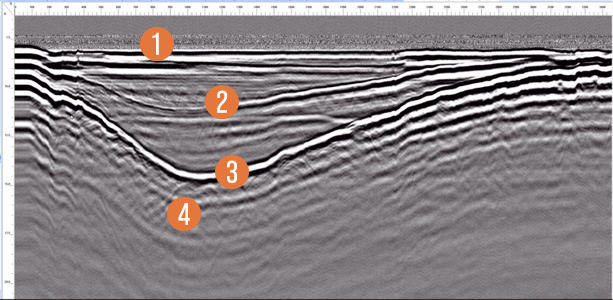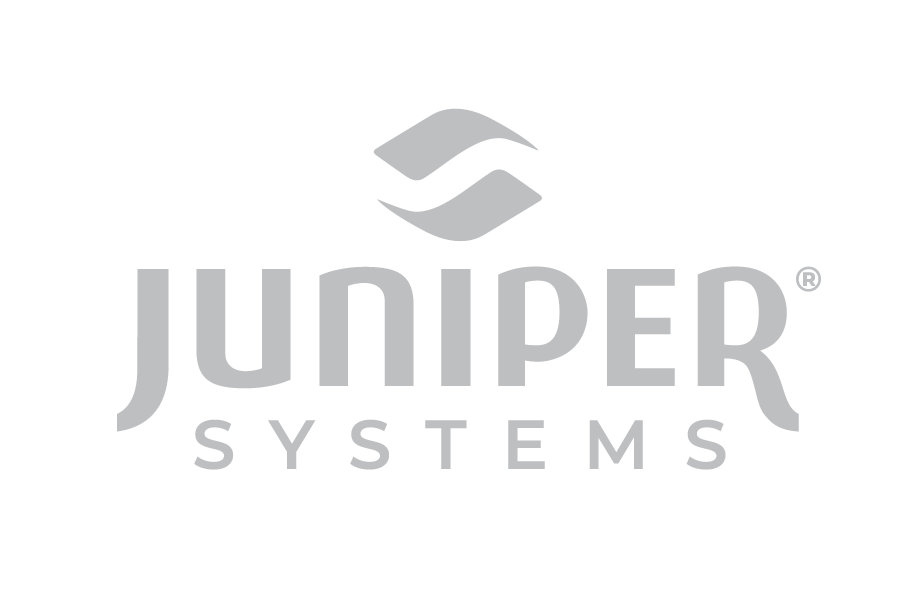When looking to purchase a system that will measure your snow, there are two options: radar-based systems and GPS-based systems. In this blog post, we will be reviewing the advantages of a radar-based snow depth measurement system.
Real-time pictures of the snow
Radar-based snow depth systems don’t rely on a base map or Lidar scan to measure snow. Radar-based snow depth utilizes a radar that is mounted to the bottom of a snow groomer. The radar is essentially supplying a picture stream of your snow and the ground below the snow. This gives users a real-time depth reading of their snow.
Mountains change and snow changes throughout the season. If there is a fall time rockslide or trees that get knocked down or any event that changes the ground, then the radar will account for those changes since it is reading snow depth in real-time.
Radar is always measuring straight down from the snowcat
Often the snow on a ski run doesn’t match the ground below it. The snow is usually sloped or cambered away from the ground. If you are using technology, it is a huge benefit to know what your snow depth system is measuring. Since radar systems are physically mounted to the bottom of the groomer, the depth measurements are always straight down to the ground – the same as if you were to probe the snow to take a depth measurement.
This is especially helpful if you are trying to measure snow-making piles that are on a slope. For example, if you are grooming with a radar-based system over a snow pile that is on a base layer of snow that is on a mountainside that is in a canyon; you can be confident that the system is measuring straight down from the bottom of the groomer.
Radar gives you a picture of your snow and what is below it

The above picture is of a radar scan as the groomer drives over an early-season pile of snow. Notice the detail available not only in the snow but below the snow.
With radar, you can see ice layers in the snow, and you can also see different densities of snow. Once trained you can even identify objects below the snow such as boulders, fallen trees, or man-made objects.
Simplicity
Installing a radar-based system on a groomer is a simple process that takes about 4 hours. Once installed you start grooming and the system automatically starts working. There is no setup or pre-scanning needed. A radar-based system like Snowgage is simple to use and easy to learn. The focus of the system is to measure snow and we try not to complicate that.
Affordability
A major benefit of keeping a radar-based snow measurement system focused on measuring snow is that the price is affordable. Radar-based systems are easier to use and require less equipment which allows them to be available at a lower cost than GPS-based systems. Components of a radar system are GPS, tablet, and sensor.

